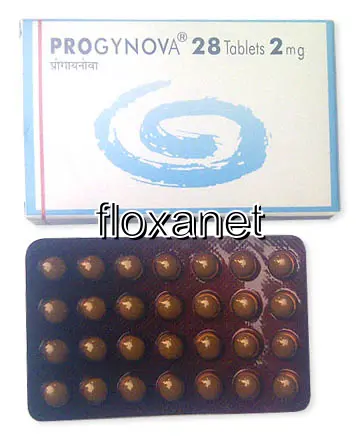| Package | Dosage | Price | Price per Dose | |
|---|---|---|---|---|
| Dosage: 1mg | ||||
| 140 pill | 1mg | AUD292.02 | AUD2.08 | |
| 112 pill | 1mg | AUD243.69 | AUD2.19 | |
| 84 pill | 1mg | AUD195.37 | AUD2.33 | |
| 56 pill | 1mg | AUD134.44 | AUD2.42 | |
| 28 pill | 1mg | AUD77.72 | AUD2.77 | |
| Dosage: 2mg | ||||
| 140 pill | 2mg | AUD470.60 | AUD3.36 | |
| 112 pill | 2mg | AUD394.96 | AUD3.53 | |
| 84 pill | 2mg | AUD315.13 | AUD3.76 | |
| 56 pill | 2mg | AUD212.18 | AUD3.78 | |
| 28 pill | 2mg | AUD117.63 | AUD4.20 | |

Estradiol Description
Overview of Estradiol
Estradiol is a natural form of estrogen, a vital hormone primarily known for its role in female reproductive health. It is widely used in medical treatments to address hormone deficiencies and imbalances. Whether in hormone therapy for menopausal women or for other hormonal treatments, estradiol plays a central role due to its ability to mimic the body's natural estrogen production. As a medication, it is available in various forms, including tablets, patches, gels, and injections, providing flexibility to meet different medical needs.
Uses and Benefits
Estradiol is commonly prescribed to alleviate symptoms associated with menopause, such as hot flashes, night sweats, vaginal dryness, and mood swings. It also helps prevent osteoporosis by maintaining bone density. In hormone replacement therapy (HRT), estradiol supports the regulation of menstrual cycles and assists in developing secondary sexual characteristics during gender transition treatments. Additionally, it can be used to treat certain hormonal disorders and conditions caused by estrogen deficiency. Patients often find that estradiol effectively improves their quality of life by providing symptom relief and supporting overall health.
Effectiveness and Performance
Most users report that estradiol is effective in managing the hormonal symptoms it targets. The medication's effectiveness depends on correct dosing and administration method. Transdermal patches and gels provide a steady release of hormone, reducing fluctuations that might occur with oral tablets. Correct usage leads to noticeable improvements within a few weeks, with many patients feeling a significant reduction in vasomotor symptoms and other related issues. Regular monitoring by a healthcare provider is recommended to ensure optimal results and to adjust dosage if necessary.
Potential Side Effects and Risks
Like all medications, estradiol may cause side effects in some users. Common issues include breast tenderness, headaches, nausea, and mild fluid retention. Serious side effects are less common but can include blood clots, cardiovascular problems, or hormonal imbalances. Women with a history of blood clots, liver disease, or certain cancers should consult their healthcare provider before starting estradiol therapy. Proper medical supervision minimizes risks and ensures safe use of the medication.
Instructions for Use
Striking a balance in dosing is essential for effectiveness and safety. Patients should follow their healthcare provider's instructions regarding the dosage and duration of treatment. It is important to administer the medication consistently, especially when using patches or gels, to maintain stable hormone levels. Regular check-ups and blood tests are necessary to monitor hormone levels and detect any adverse effects early. Patients should report any abnormal symptoms immediately to their healthcare professional.
Conclusion
Estradiol remains a well-established and effective medication for hormone replacement therapy and other related treatments. Its versatility in various delivery forms makes it suitable for many users. When used responsibly under medical supervision, it offers significant relief from symptoms of estrogen deficiency and supports overall hormonal health. As with all medications, careful attention to instructions and ongoing communication with a healthcare provider are key to maximizing benefits and minimizing risks.
